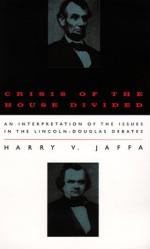|
This section contains 143 words (approx. 1 page at 400 words per page) |

|
The speaker of the poem is unnamed, and does not necessarily play a significant role as the poem is focused primarily on the image of the wheelbarrow. The seeming absence of a speaker is characteristic of Imagist poetry, in which the presentation of a particular scene takes precedence over the emotions and feelings associated with it. In this way, the poem deemphasizes the role of the speaker at the same time it bolsters that of the reader, as it becomes the reader's responsibility to determine why the image is meaningful. Williams and other Imagist poets of the twentieth century strove to focus their work on accurate representations of particular scenes rather than imbue images with specific meanings based on a certain speaker's relationship to them. In this way, the poem eschews the notion of a speaker's control over the poem.
|
This section contains 143 words (approx. 1 page at 400 words per page) |

|




